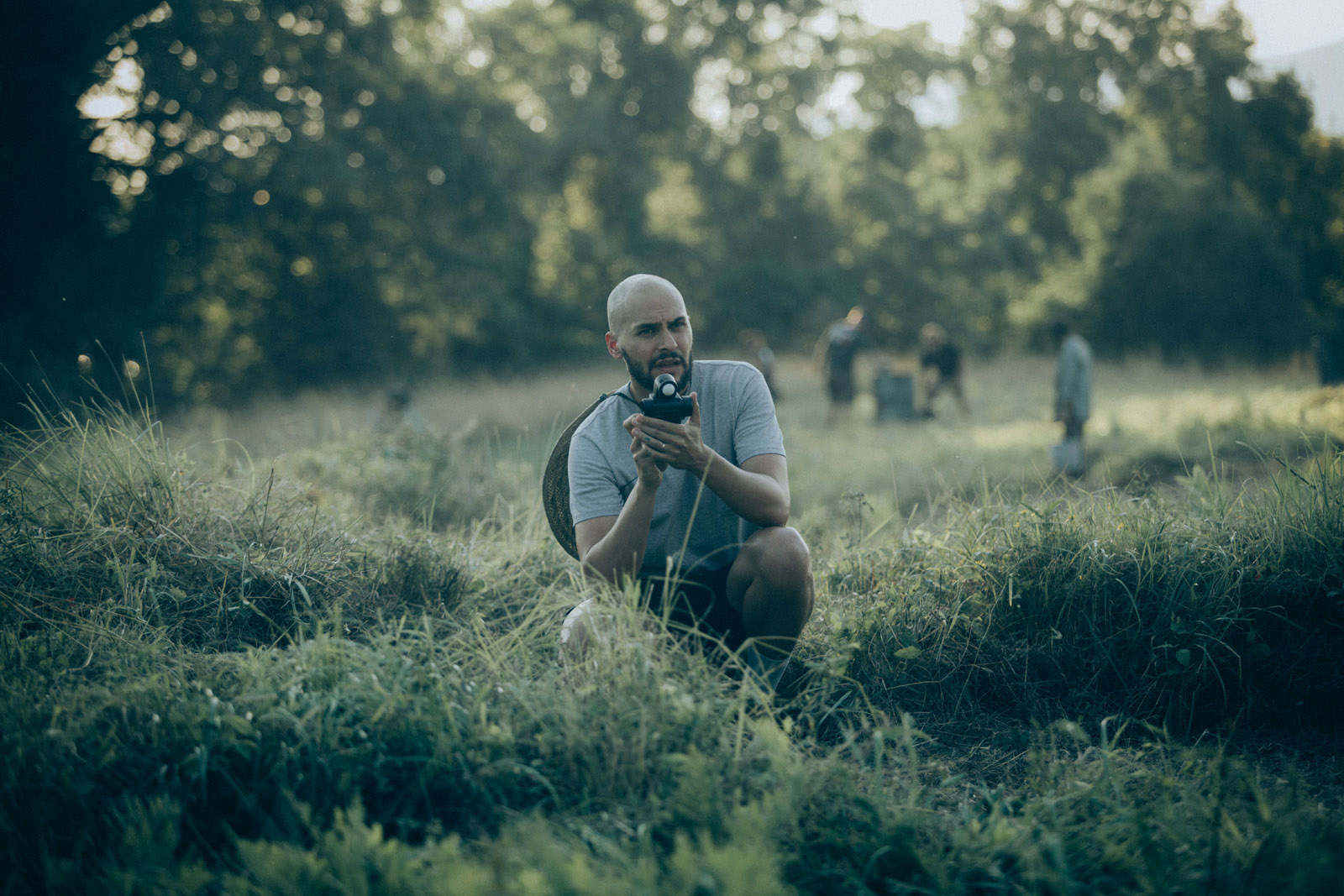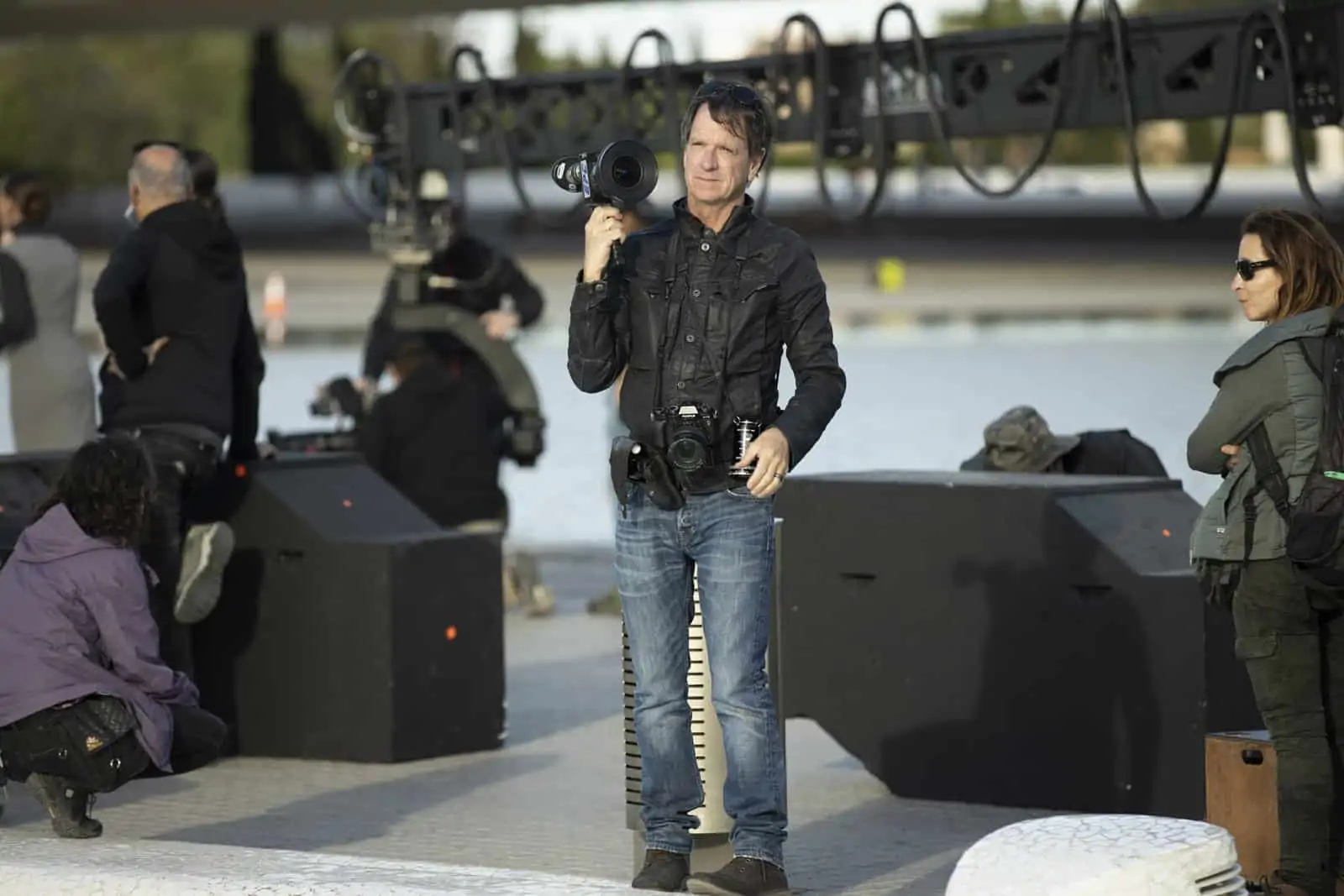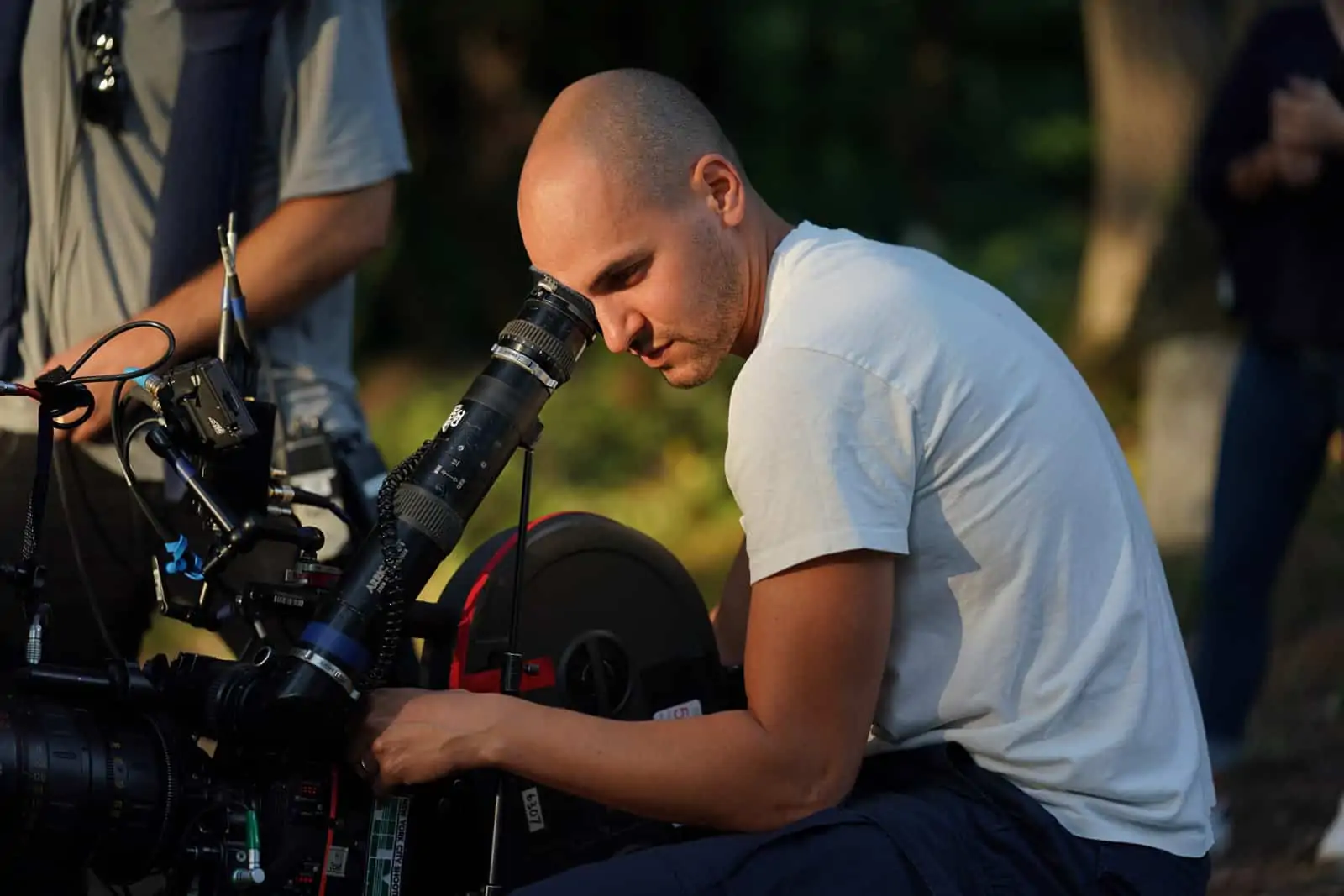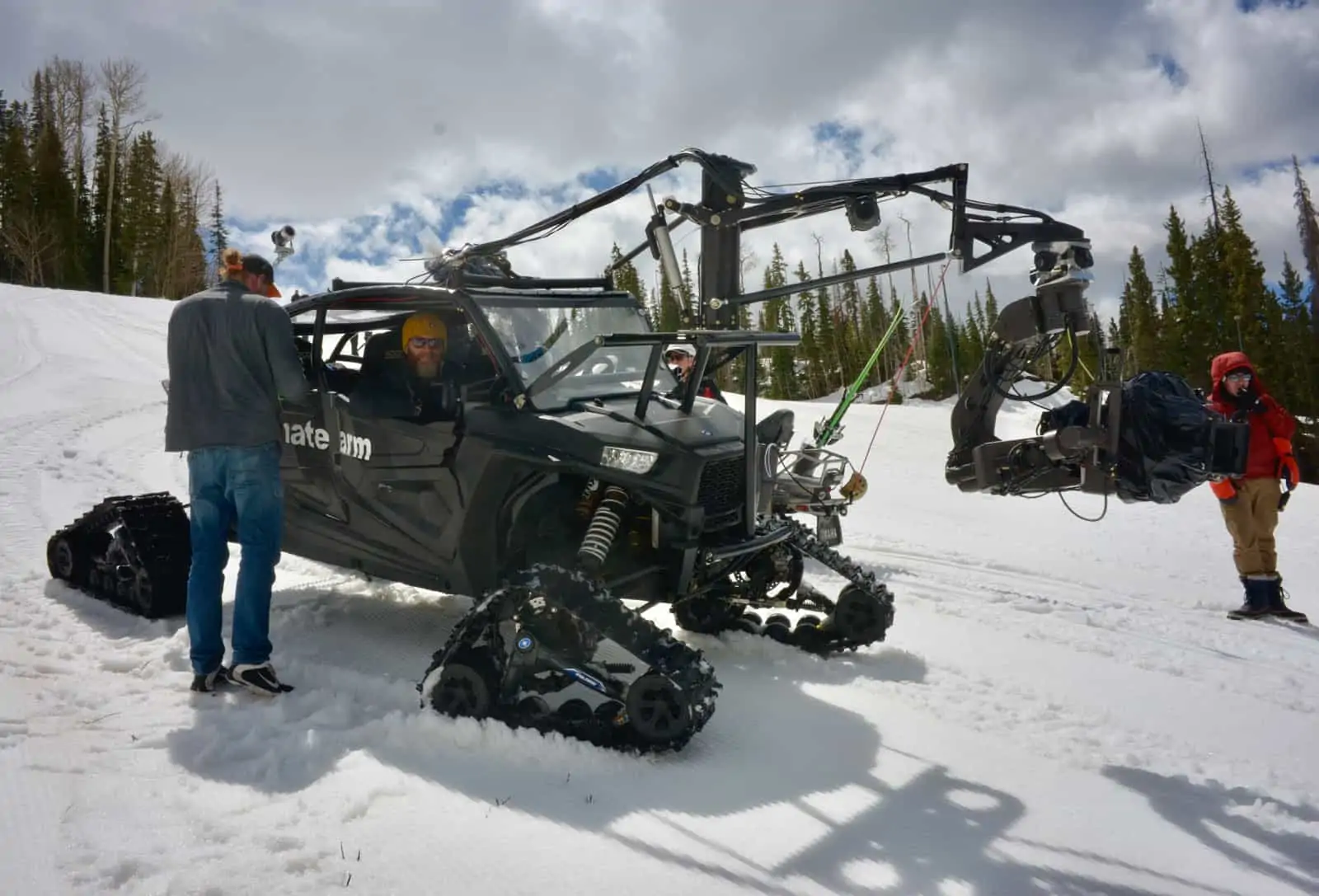RISE OF THE STREAMERS
Special Report / TV Shows

RISE OF THE STREAMERS
Special Report / TV Shows
BY: Mark London Williams
Paul Cameron ASC, who helped director Michael Mann usher in the digital feature era with Collateral, and more recently returned to HBO's Westworld to both shoot the season's opening episode, and direct another, was recently the guest at one of Zeiss Lenses' on-going Zoom sessions, which have helped foster digital community during these viral times.
When asked what he thought about further breakthroughs in resolution, Cameron jokes that "We've got enough K's out there for the rest of time." And then shortly after, when talking about the work he's seeing on "television," as we still call our streaming feeds, he noted he was seeing "beautiful cinematography on show after show."
We talked to some of the DPs about their beautiful cinematography, to find out what the rise of the streamers has meant for their work, and whether their criteria for deliverables means there really are enough K's out there for the rest of time.

One of those recently moving between K's and film grain is Newton Thomas Sigel ASC, the prolifically working DP who lensed Spike Lee's Da 5 Bloods for Netflix. The pair had previously collaborated on commercials, but never a feature. Sigel brought not only a working relationship with the director, but a familiarity with Thailand - having just shot Netflix's Extraction there - as well as experience recreating Vietnam from second unit work on Oliver Stone's Platoon.
For the wartime flashbacks in Da 5 Bloods, Sigel used Kodak 16mm Ektachrome reversal stock shooting in 4:3 aspect ratio, which visually contrasted with the "present-day" sequences, shot on Alexa LF and Alexa Mini cameras respectively in 2.40:1 and 1.85:1 frame sizes. Did Netflix balk at the shifting formats being proposed?
Well, Sigel laughs, "They're paying for it, and you have to respect that." But then adds, "Netflix is very filmmaker-friendly. I think as long as they think it's going to meet their parameters, they're very easy to work with. And ultimately the film and digital elements, and aspect ratio changes, all meshed just fine. You're delivering one production. For that one project there's the overall envelope, the packaging, which is always 16:9. But there is lots of leeway within that envelope."
"You can make a 16:9 movie, or letterbox within that, in whatever way you see fit," he continues, "and they accept it. Obviously you have certain deliverables that you have to respect, and beyond that, they have their QC too - which any studio or streaming service will have."

Aspect ratios also came into play for Jody Lee Lipes, who shot the critically acclaimed I Know This Much Is True, working with director Derek Cianfrance for HBO. The network's "aspect ratio limitations influenced the look of the film in a significant way," he says. "Our format was 2-perf Kodak 35mm, and the native aspect ratio of that format is 2.66:1, or close to traditional widescreen 2.39:1. However, the widest aspect ratio we were allowed to use was 2:1. So, we had to push-in dramatically on the negative to accommodate that limitation, which was something that really added to the look by increasing film grain, and the overall softness of the image. Aesthetically we ended up with something that looked halfway between 35mm and 16mm, which was perfect for the time period of our story."
But when the project isn't a story at all, but reality, or non-fiction instead, there can be additional considerations. Such was the case for The Grand Tour, Amazon's reboot of Top Gear with its original hosts.
Cinematographer Ben Joiner ASC, tells us that, "One of the big transitions was data management on location. I think even Amazon was initially surprised at just how much footage we shoot and that step up from HD on Top Gear to the required 4K for Grand Tour was a big logistical challenge, certainly on season one."
On the relationship between DPs and streamers, he observes that, "When Netflix and Amazon Prime came to the fore there was a skewed situation where the platforms were very much dictating the cameras DPs used in the field, based more on specifications rather than creative choices.
"There was some pressure to use Sony cameras because they were full 4K, but in the end we used Sony for the tent sequences and the ARRI Amira for locations shooting 4KUHD. I was keen to use ARRI cameras from a creative point-of-view as I liked the look of the sensor from my experience on commercials, and it was also the right choice for the tough environments and keeping-up with our style of show.
"Happily now most new cameras comply with the shooting specs that streamer stipulate, so the choice is broader and less of a creative conflict for a DP."

Which was something felt by one of his fellow DPs, working the narrative side for Amazon. Gonzalo Amat shot the recently concluded Man In The High Castle, and emphasises that his own "first choice is always the story, and then I see what the needs are for formats and deliverables, and try to work out something that gives us both ideals."
But it's not just the camera package he wants to have a say in. "I want to be attached all the way to colour correction. You can do so much in post. Sometimes I would shoot a scene dark to be able to keep the sky, for example, and if you are not there in post, people will not necessarily understand what look you were going for. For me, it's one of the first things I ask, and maybe even pick the team or the lab. If the project is in post and I am not available, I will still try to call, and communicate through stills or a colour-corrected copy. For me it's the last chance for the look you want, so you have to be part of it."
Jonathan Furmanski has stayed part of Search Party, the former TBS show that's moving within the Warner corporate family to HBO Max. But what changes does he see for DPs in particular, especially if the screens at home keep getting sharper resolution?
Furmanski thinks that "4K has become standard-enough that I don't see any big changes coming. Some people are whispering about 8K, but no one needs 8K in a home theatre - the human eye can barely distinguish pixels in 4K, depending on the set-up. HDR, however, is a substantial and welcome change - the colour space and dynamic range are much wider. It has a much bigger palette to work with and, in some cases, a more reliable and accurate display pipeline, so it's exciting! Yet for most of us - creators and consumers- it also means a steep learning curve."
Meaning that the audience may also have a say, along with the streamers, on whether there are enough K's out there after all.
